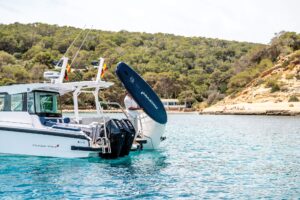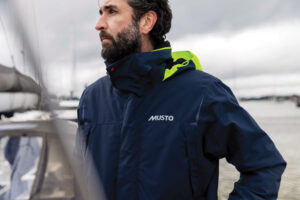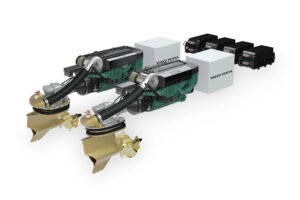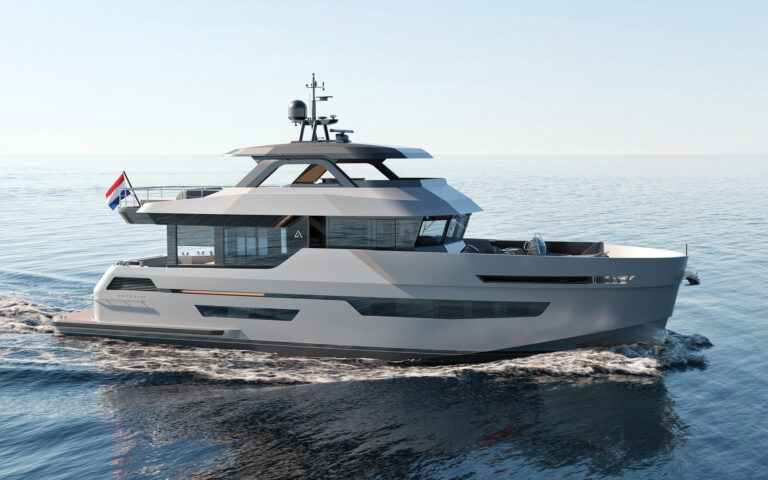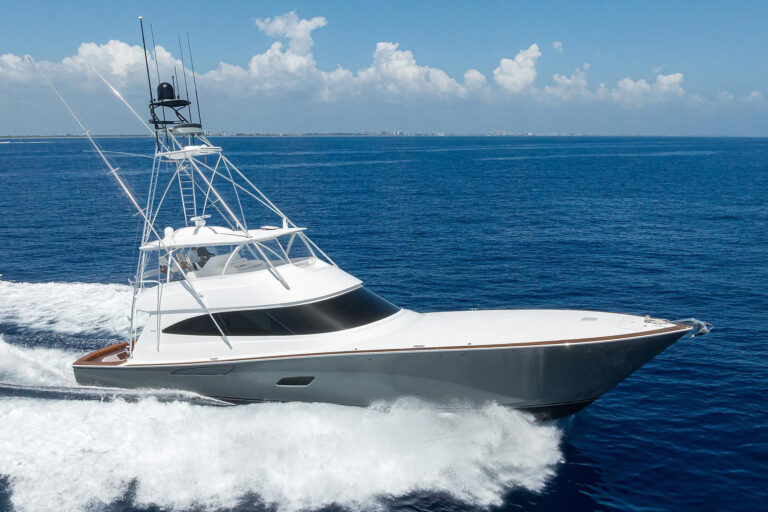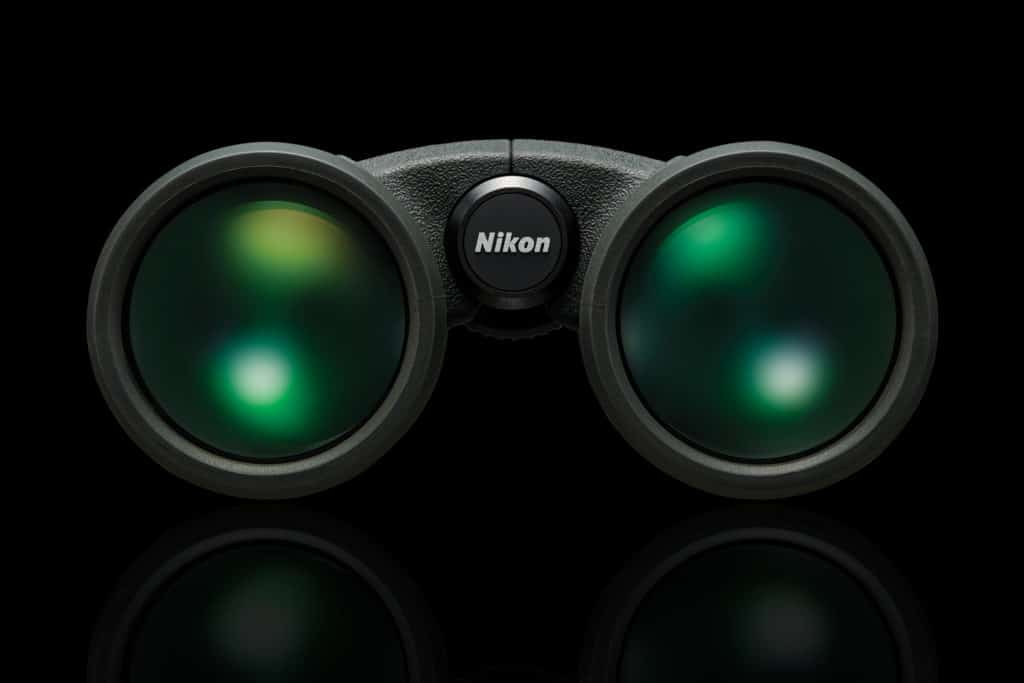
Binoculars are like sunglasses: If you spend a good bit of time on a boat, you eventually realize you need different pairs for different purposes. If you are the skipper at the helm, you might favor binoculars that have image stabilization, a built-in compass and other high-end features. On the other hand, if you are heading out in the tender, your priorities likely will lean toward binoculars that are lightweight and can take a bit of a beating.
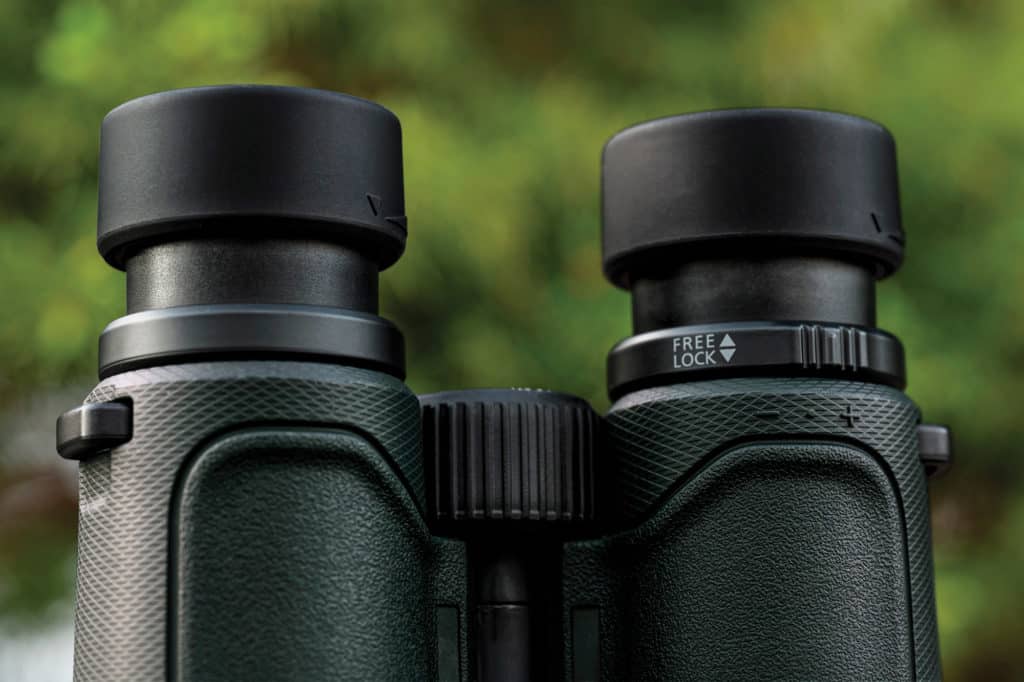
The recently updated version of Nikon’s Prostaff P7 binoculars, the top-end model in the company’s Prostaff line, is built for dinghy adventures, watersports like kayaking, and passing around to guests who want a better view of the surroundings. This new iteration of the Prostaff P7 ($199 or less, with regular and compact models) adds features that Nikon says are usually found on binoculars in the $500 range.
“We were able to bring in some new features while maintaining the price point,” says Jeremy Bentham, senior manager of SRO sales and operations.
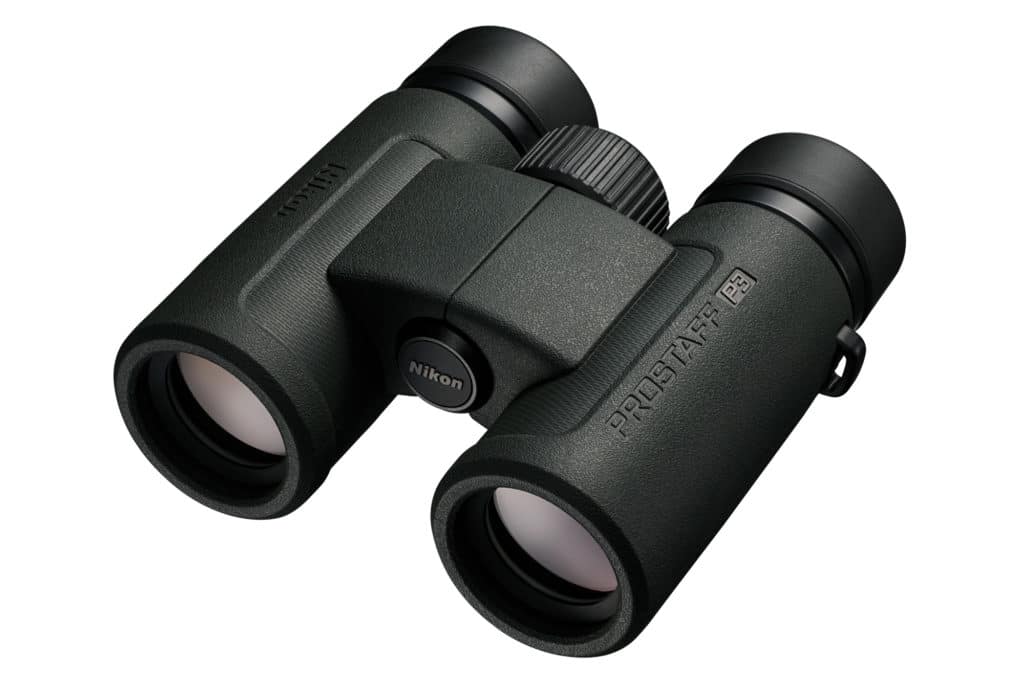
The first new feature is a locking diopter, which lets users focus one side of the binoculars independently from the other side. Everyone’s right and left eyes are a little different; this feature lets users give each eye a perfect setting—and lock it in place—before using the central focus wheel.
The fact that the setting can be locked in, Bentham says, is particularly useful for binoculars being tossed into go bags or tenders. “You can inadvertently knock things out of the position you set them in,” he says. “It’s easy to lose those personalized settings.”
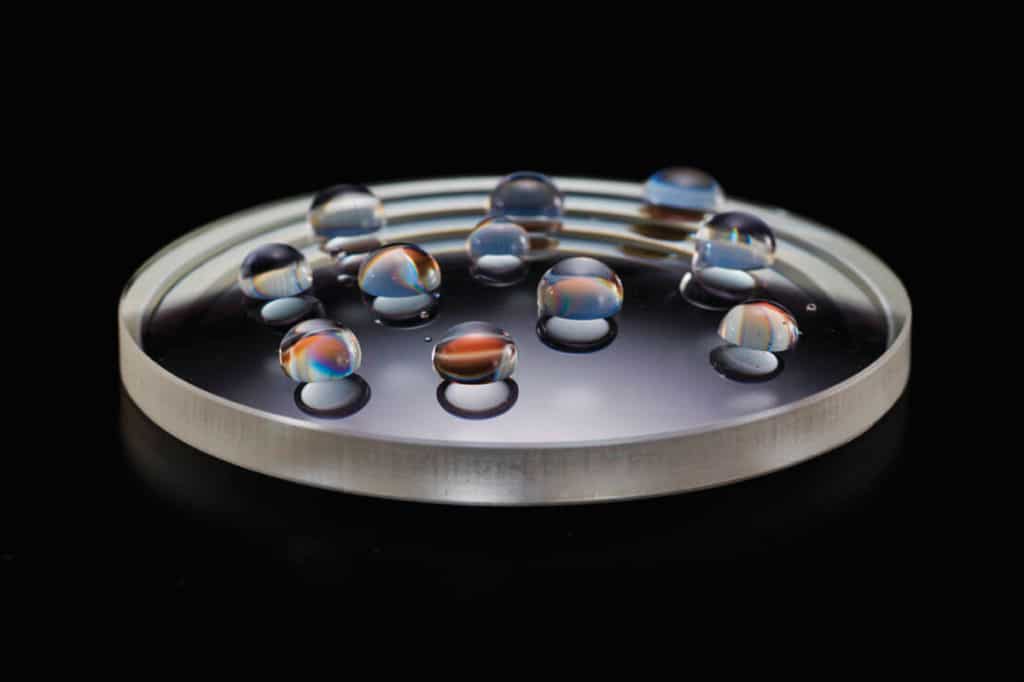
Another new feature is a repellent coating that helps keep the lenses clean. “If you have dry salt on there, you can rinse it off those lenses a lot more easily,” he says.
The Prostaff P7 comes in four versions: regular size with eight- or 10-power magnification, or compact size with the same magnifications. They are all nitrogen-purged, which is also helpful for boaters.
“Let’s say you’re inside the boat with the air conditioning going, and you step outside where it’s 100 degrees,” Bentham says. “The lenses won’t fog.”

